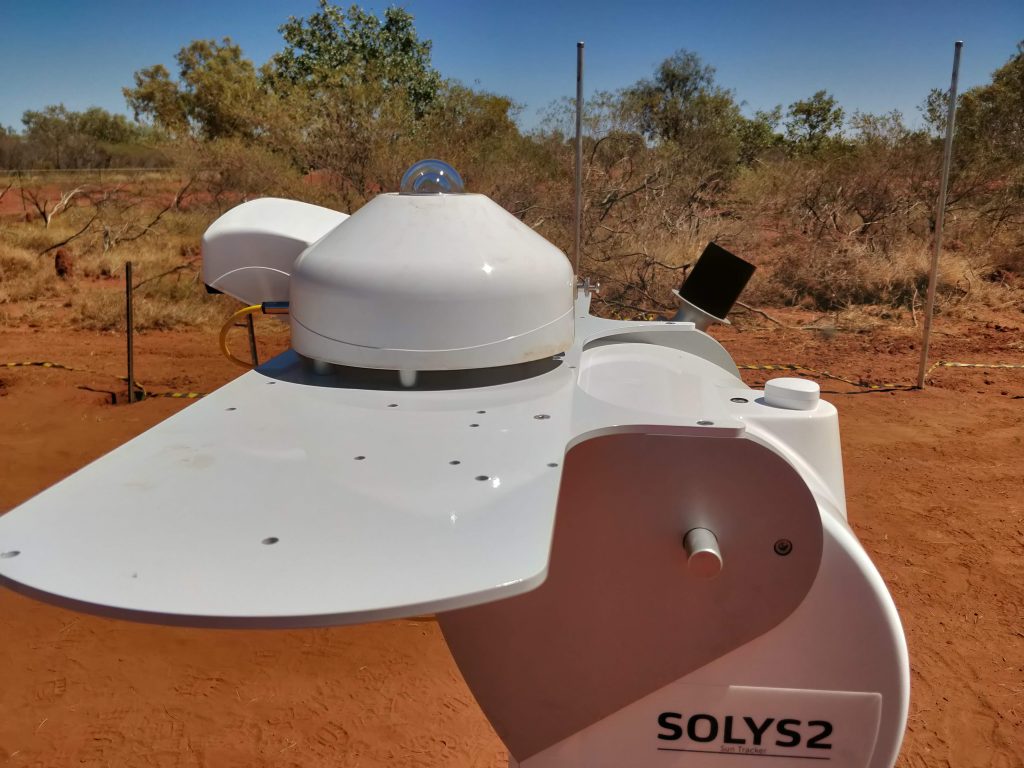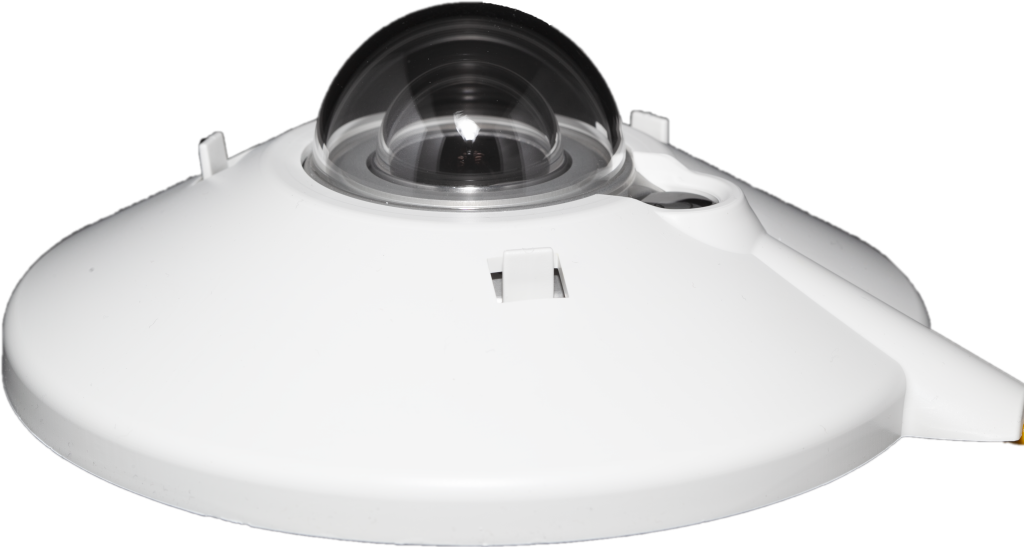As standard, pyranometers come without a pyranometer ventilator. For 90% of applications, this is acceptable. However, sometimes fitting a pyranometer ventilator is mandatory.
The accuracy and robustness of Kipp and Zonen pyranometers are recognised, worldwide. However, for some environments, it is necessary to fit a ventilator over the top of the pyranometer to ensure consistency and accuracy of data.

What do ventilators do?
A ventilator supplies a stream of air, this airstream circulates around the pyranometer, including over the dome. Overall this airflow optimises the pyranometer sensor’s ability to receive solar radiation. While the airflow is only small. the benefits make a large difference in the pyranometer’s measurements, more so in large solar facilities where data is scaled.
Whilst maintenance schedules from operations and maintenance companies clean the domes regularly, dust will naturally build during the intervals between cleaning. In remote locations, frequent and regular cleaning is not always possible. The Airflow helps in two ways. Firstly, the airflow pushes away some potential dust that could settle on the pyranometer’s quartz dome. Secondly, the airflow will remove some already settled dust. Combined, these actions reduce the rate at which the pyranometer’s dome becomes soiled and clouded.
When the ventilator detects cooler temperatures, the airflow becomes heated. This prevents frost and snow from accumulating on the dome. However, in areas with cooler mornings and evening the heated airflow also prevents the formation of dew, by maintaining the dome’s external temperature above the dewpoint
A ventilator fitted to a pyranometer or pyrgeometers will overall stabilises the temperature of the radiometer, and in turn reduce thermal offsets.
When do I need to fit a ventilator to a pyranometer
Remote Locations – Maintenance of pyranometers in remote locations may be overlooked. Dust and soiling will build on the dome, reducing the solar irradiance received, this, in turn, provides inaccurate and measurements that are difficult to correct. Fitting a pyranometer ventilator will reduce cleaning frequency.
Dust prone areas – Not all locations can be lush green fields. Arid areas with high levels of airborne dust will promote the rapid build-up of dust. Reducing this with a ventilator will increase accuracy and decrease maintenance costs by keeping dust at bay.
Dew ‘prone’ areas – Areas with higher humidity levels which are prone to cooler morning and evenings are more likely to experience dew. The ventilator stabilised the temperature of the pyranoemter keeping it above the air temperature. This heating prevents dew from forming. This prevention allows the capturing of accurate irradiance data during the morning when irradiance is already low.
When it is Mandatory – IEC 61724-1 sets out a series of standards for photovoltaic solar monitoring systems to ensure accuracy and standardisation throughout the industry, worldwide. IEC 61724-1 stipulates that ventilators be fitted to pyranometers.
Advantages of fitting a pyranometer ventilator
The primary benefit is the higher quality data, which is more consistent and accurate. In the case of large scale solar farms, small optimisations mean large savings. Having the measurements consistent throughout the years allows operators to identify areas that may be failing or require repairs. Without such consistency identifying such areas would be harder.

Follow ESS Earth Sciences on LinkedIn to stay up to date with latest developments.



